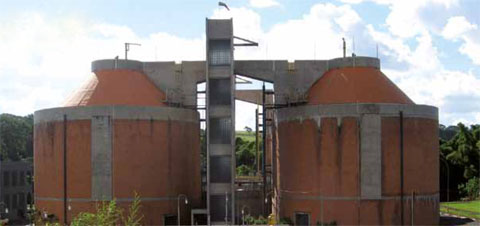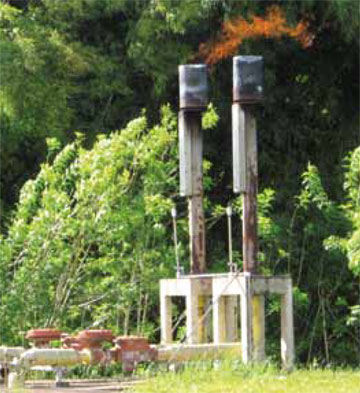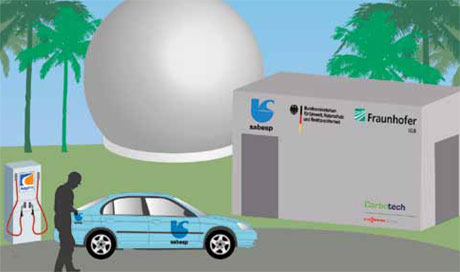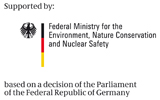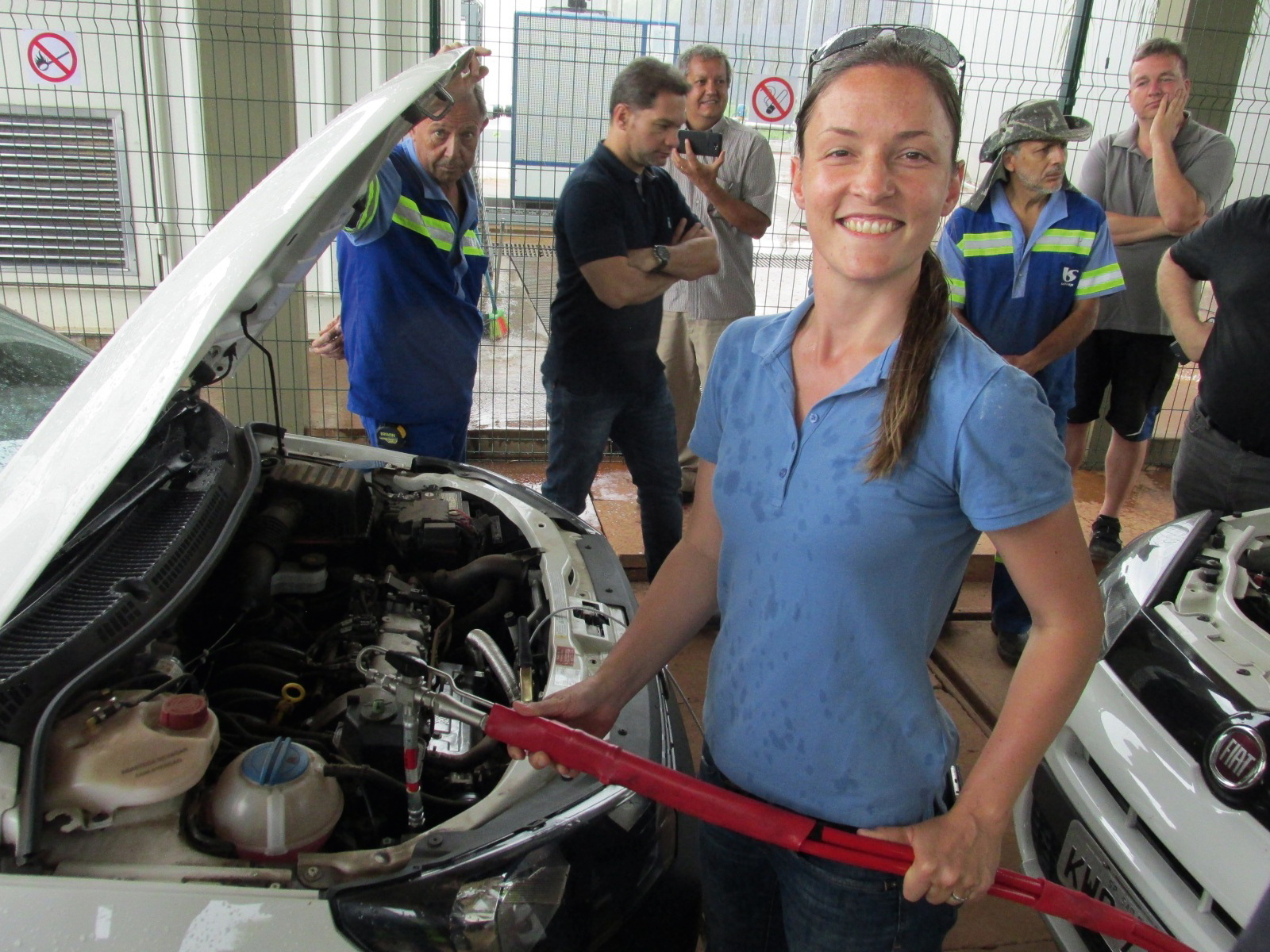
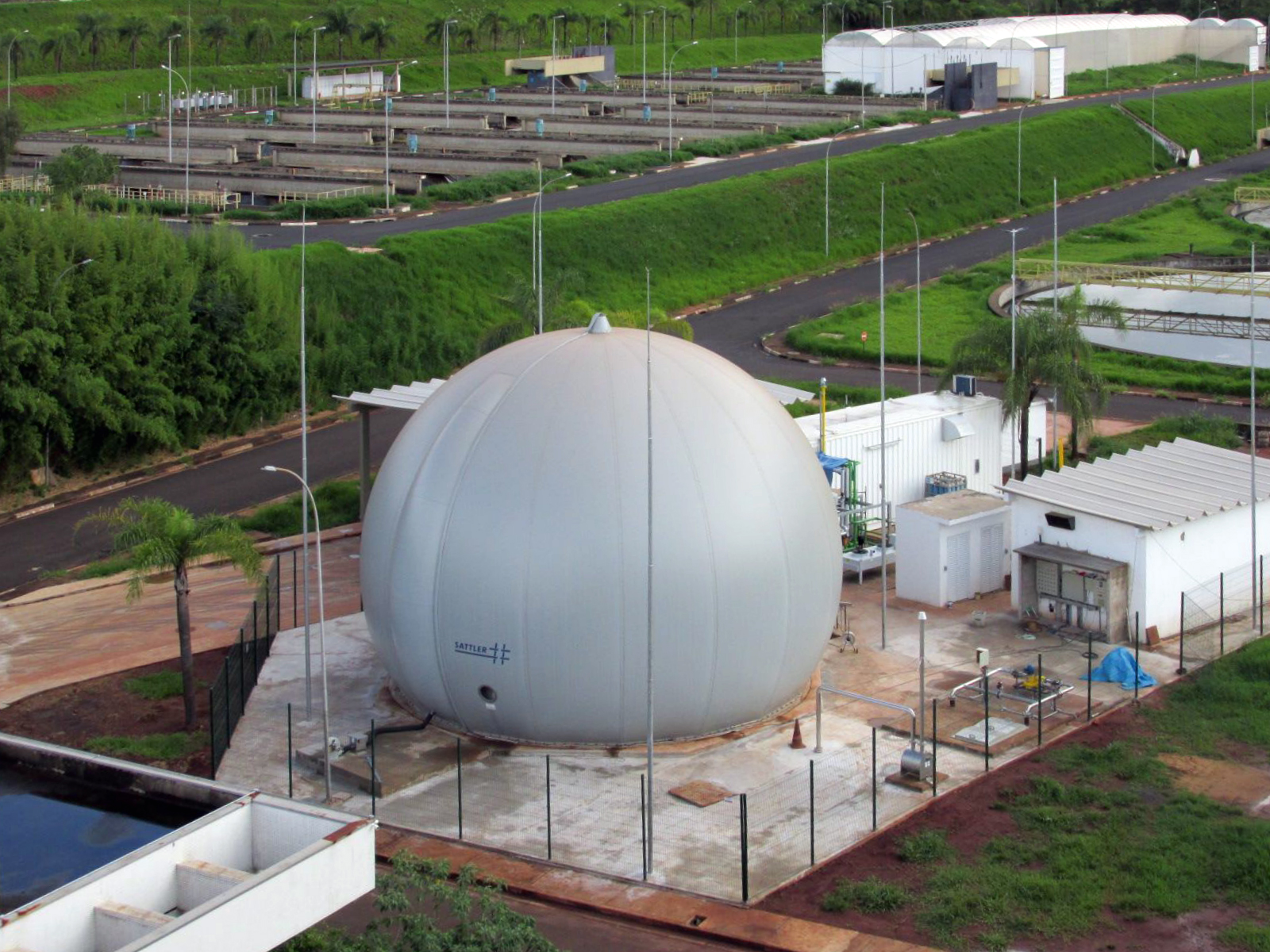
Great potential for the use of sludge gas for mobility in Brazil
The wastewater treatment situation in Brazil differs greatly from that of Germany. Although the majority of the population in industrialized areas such as the state of São Paulo (SP) is connected to the sewer system, a large amount of untreated sewage nevertheless flows into receiving waters. Due to Brazil’s Growth Acceleration Programs, wastewater treatment technology will undergo further development in the future. At present, the sludge gas produced in Brazilian sewage plants is not, as a rule, systematically used, but rather burned in open flares.
According to the IANGV (International Association for Natural Gas Vehicles) Brazil owns one of the world’s largest natural gas vehicle fleets along with a huge network of natural gas fuel stations. In 2009, its 1.6 million vehicles enabled the country to come in fourth behind Pakistan, Argentina, and Iran. With regards to its 1704 natural gas fuel stations, Brazil even took third place. As early as in 2003 flexible fuel vehicles were introduced into the Brazilian market and currently constitute 87 percent of all new registrations. These vehicles can be run on gasoline, methane, ethanol and also a mixture of these fuels. Converting the tanks of such vehicles also enables the use of natural gas as a fuel source. The Brazilian market already has a factory-converted Tetrafuel vehicle which runs on pure gasoline, Brazilian gasoline (with 20 percent ethanol), ethanol and compressed natural gas.
Exploiting sludge gases from Franca’s sewage plant
As a part of international efforts geared towards climate protection, the BMU supports selected projects in partner countries, which contribute to the reduction of greenhouse gas emissions. Such is the case with the project of the Fraunhofer IGB with the Brazilian water provider and sewage disposal company SABESP. The project aim is to gather the sludge gases produced in the city of Franca’s sewage plant, operated by SABESP, and purifying it until it reaches the quality of natural gas (bio-methane). This product, considered today to be one of most environmentally sound fuels in existence, shall in turn be made available to a fleet of vehicles. The benefits of this fuel are truly great due to its balanced carbon footprint – its combustion creates virtually no new greenhouse gases.
 Fraunhofer Institute for Interfacial Engineering and Biotechnology IGB
Fraunhofer Institute for Interfacial Engineering and Biotechnology IGB